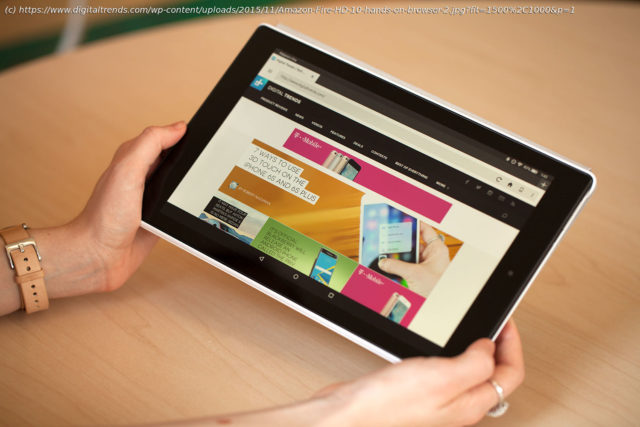From the latest Android tablets to the best iPads, we review a lot of tablets at Digital Trends. Here’s a glimpse at what our tablet review process looks like.
Jessica Lee Star/Digital Trends
Finding the best tablet is no easy task. With so many different models to choose from, various specs to consider, and seemingly endless options available for any budget, there’s a lot to consider before buying your next tablet.
We get that, and that’s why we review the biggest and best tablets at Digital Trends (and some you may not have heard of before) so you know exactly what’s worth spending your money on … and what’s worth ignoring. But how do we review tablets? What exactly goes into our review process when a new tablet needs to be tested? Here’s a glimpse behind the curtains of how it all works.How we test tablet design
Tablets are your handheld slates into the world of mobile gaming, binge-watching your favorite shows, and endlessly scrolling through social media. As such, it’s important that they feel good to hold! This is one of the first things we look at when judging a tablet’s design. Is a tablet comfortable to hold? Are there any sharp corners that dig into your palms? Is it too heavy for prolonged use? These may seem like small things to consider, but they all play a big role in a tablet’s overall design.
We analyze the materials a tablet is made out of. A tablet with a plastic design may not feel as premium as one with an aluminum or glass back, but it should hold up better in the hands of younger kids. And there are a bunch of smaller details we look for, too — including a tablet’s aesthetics, whether or not the buttons are easy to press, and if it has features like a headphone jack or expandable storage.How we test tablet screens
Just as important to a tablet — if not more so — is its screen. Quality displays are important to have on any device, but this is especially true when dealing with tablets. LCD panels are more affordable and can look very good, but you’ll get brighter colors and deeper blacks with an OLED or AMOLED one. Refresh rates are critical, too. 60Hz is the bare minimum, though many tablets today offer 90Hz or 120Hz options. And, of course, a higher pixel density will give you an overall sharper image.
We account for all of these factors when judging tablet displays.






